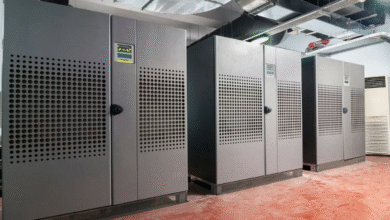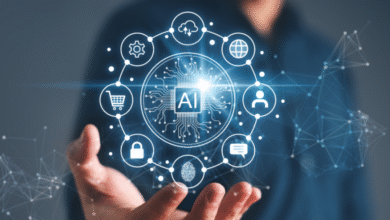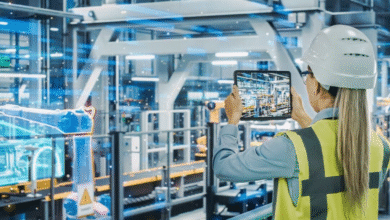What is Liveness Detection?
As biometric authentication becomes increasingly common — from unlocking smartphones with your face to verifying identity in banking apps — the need for robust spoof prevention has never been greater. That’s where liveness detection comes in.
What is Liveness Detection?
Liveness detection is a security technique used in biometric systems to determine whether the biometric sample being presented (e.g. face, fingerprint, iris) is from a live person present at the time of capture, rather than a spoof or fake (like a photo, video, mask, or mold).
In simpler terms, it answers the question:
“Is this a real, live human — right now?”
Why is Liveness Detection Important?
Traditional biometric systems are vulnerable to presentation attacks (also known as spoofing). For example:
- Holding up a printed photo of someone to a facial recognition system
- Using a silicone fingerprint mold
- Playing a recorded voice message
Without liveness detection, such systems can be easily fooled.
Liveness detection strengthens biometric systems by ensuring that the sample being verified is not only valid but also real-time and live, thus preventing fraud and identity theft.
Types of Liveness Detection
There are two primary categories of liveness detection:
1. Active Liveness Detection
This requires user interaction. The system asks the user to perform an action like:
- Blinking
- Turning their head
- Smiling or speaking
- Following an on-screen prompt
These actions are hard to mimic in a spoofing attempt, making active methods more reliable but potentially more intrusive for the user.
2. Passive Liveness Detection
This happens silently in the background, without requiring the user to do anything extra. It uses cues like:
- Texture of skin
- Light reflection
- 3D depth analysis
- Micro-movements
Passive detection enhances user experience by keeping the process fast and seamless, but it typically requires more sophisticated algorithms and sensor technology.
How Liveness Detection Works (Technically Speaking)
Though implementations vary, most modern liveness detection systems use a combination of:
- Computer vision: To analyze facial movements, textures, and depth.
- Machine learning: Trained models detect spoof patterns and distinguish between real and fake.
- 3D imaging or depth sensing: To confirm that the biometric data comes from a real, three-dimensional subject.
- Infrared sensors: To detect blood flow or skin temperature in more advanced setups.
These methods often work together to produce a liveness score that determines whether the user passes or fails the check.
Applications of Liveness Detection
Liveness detection is being adopted across various industries, including:
- Banking & Fintech: For KYC (Know Your Customer) and anti-fraud identity verification.
- Mobile Security: Unlocking devices and authorizing payments.
- Healthcare: Secure access to patient data and digital health platforms.
- Online Exams & Remote Work: Verifying presence during proctoring or virtual onboarding.
- Border Control & ePassports: Verifying travelers at automated gates.
Challenges & Considerations
While liveness detection improves security, it’s not without challenges:
- False positives/negatives: Overly strict systems might reject real users.
- Privacy concerns: Especially in passive detection, where data collection is less obvious.
- Hardware limitations: Some methods require high-quality sensors or cameras.
Balancing security, user experience, and privacy is crucial for successful implementation.
Final Thoughts
As cyber threats grow more sophisticated, biometric authentication alone is no longer enough. Liveness detection adds a crucial layer of defense deepfake detection, ensuring that your system isn’t just identifying the right face or fingerprint — but confirming that it’s a real, live person behind it.
Whether you’re building a secure mobile app, a digital onboarding system, or a smart access control solution, integrating liveness detection is an investment in both trust and user safety.





